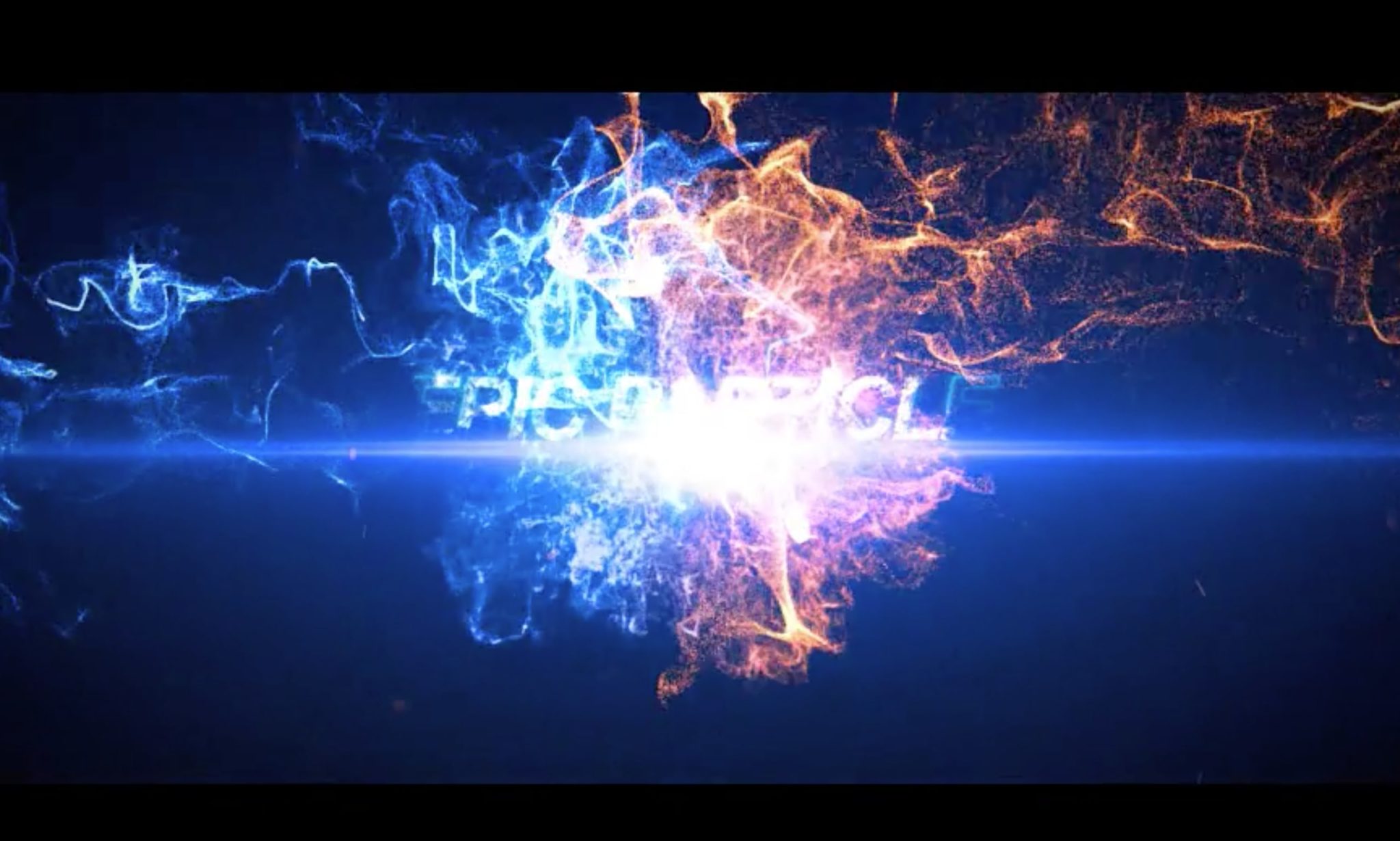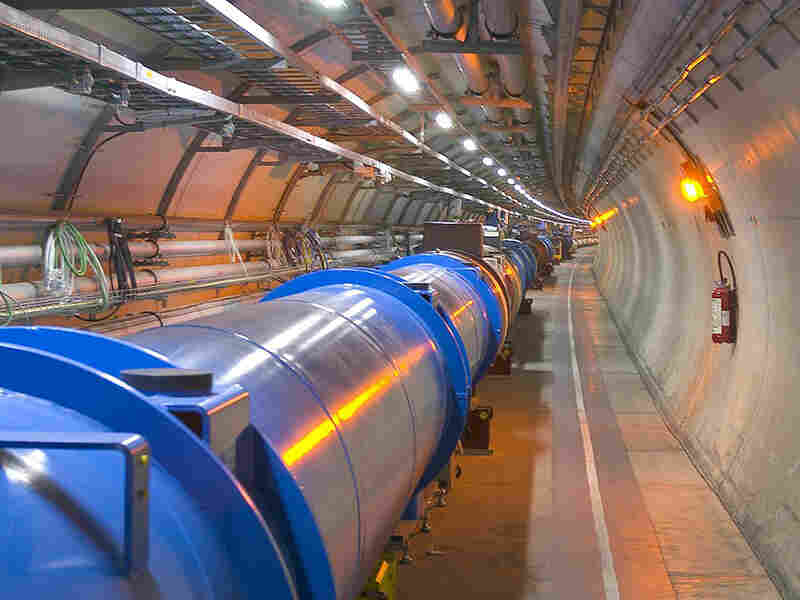

What you should always keep in mind is to give the particle enough time to be on scene and that it doesn't suddenly disappear. Higher value mean more flickering.ĭepending on other properties like width, speed this can change. It will give the dust a flickering effect. So acceleration is shut off here by setting it to 0Įnsures that particles move slowly downwards. The dust should move with a constant speed. It gives a touch of depth to the particles. This will give the particles the effect as if the bigger ones are closer to the camera and the smaller ones are farer away. I used the windows X-width for the x-Randomiser This defines the area in which we want the dust to appear randomly.

So that some dusts would be more opaque than others. Unfortunately there is no option to set a range for this value. Thats about 11 kilometers per hour under the speed of. So there is a wide range from small to big dust particles. 0.99999999c (or 99.999999 percent of the speed of light) for protons at the Large Hadron Collider.

This is set to almost zero because it will be used with size randomiser. If you have a small place then you may want to use a lower value for this. My aim for this tutorial was to fill the entire screen with dust particles. The grayish particles will turn to white at intersection point. Since the emitter is placed on top of layout this will push particles downwards.Īdditive means when two particles overlap each other the color of both will be more intense. Configure Particle EffectĪpply the following values. For this purpose make sure the hardness is not much high. Place a particle object on top of layout.ĥ. You will be able to generate a thumbnail from within Cascade, the Unreal Engine 4 particle editor.ĭouble-click a Particle System in the Content Browser to open it in Cascade.You can download a sample capx and skip this tutorial as you may want to explore it yourself.

Once a new name is entered, or you click something else, the Particle System's icon will update with a "No Image" thumbnail. Once created, the name of the new Particle System will be highlighted awaiting a new name. To create a Particle System, left-click the Add New button on the Content Browser, and select Particle System, or right-click in the Content Browser's Asset View, and using the context menu select Particle System. Links to more extensive documentation are provided when available. This document will cover the most common workflows of working with Particle Systems and the Particle System editor: Cascade.


 0 kommentar(er)
0 kommentar(er)
